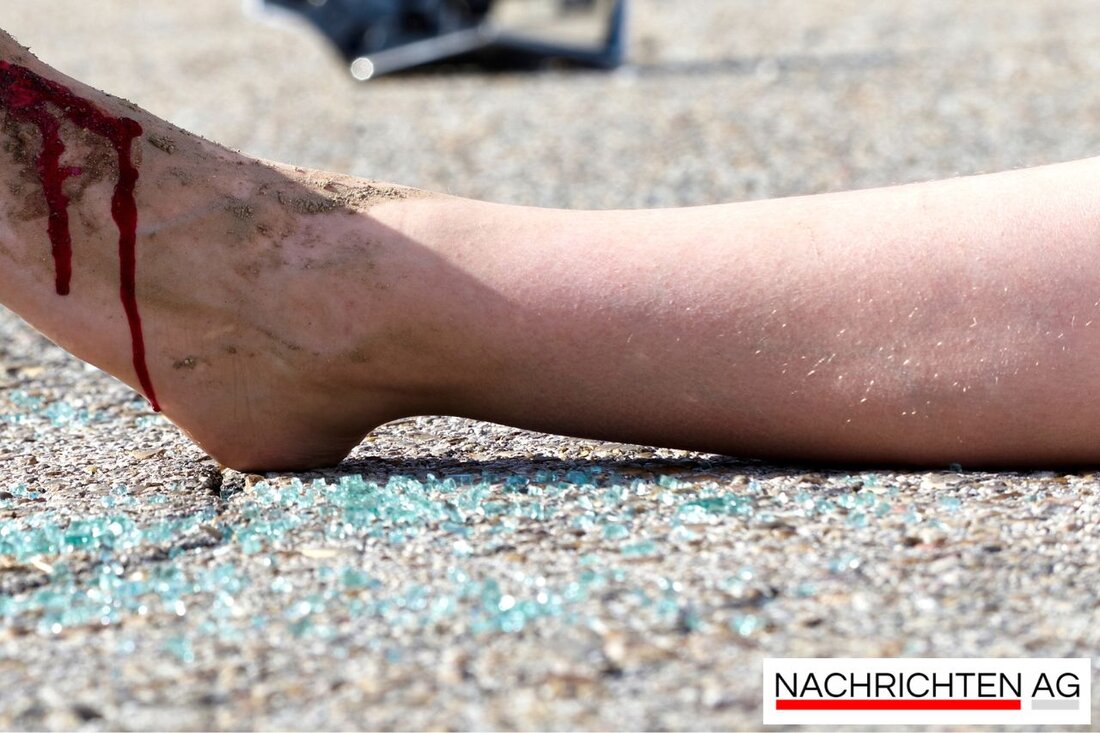Safe roads in the Allende district: residents are calling for traffic calming!
On July 14, 2025, a traffic count was carried out in Treptow-Köpenick to discuss traffic-calming measures.

Safe roads in the Allende district: residents are calling for traffic calming!
On July 14, 2025, a traffic count was carried out between Wendenschlossstrasse and the Müggelschlösschenweg, in which the mobile district work, FUSS e.V. and committed residents: inside were involved. This count shows that over 65 percent of pedestrians cross the Salvador-Allende-Straße without traffic lights. The feedback from the citizens is clear: residents: Interior of the Allende district urgently demands traffic-calming measures along Salvador-Allende-Straße to improve the security of all pedestrians: inside, especially children, adolescents, older people and people with mobility restrictions. The responsibility for the implementation of these measures lies with the Senate Department for Mobility, Transport, Climate Protection and the Environment (SenMVKU). District City Councilor Dr. Claudia Leistner has already contacted the Senmvku to advance solutions.
An initiative meeting for interested residents: Interior will take place on Wednesday, November 19, 2025, from 4:00 p.m. to 5:30 p.m. in the Kiezklub Allende. Contact persons are Paula Hentschel and Ulrike Bernard from the mobile district work Allende district, which can be reached on Tel. 0155 66090709 or 0155 60642364 and by email at Most_allende@offensiv91.de.
Traffic calming as a solution
The demand for traffic calming is not new. Different instruments for traffic calming were developed to regulate the flow of traffic and increase security. These include pedestrian zones, encounter zones, residential streets and Tempo 30 zones. In pedestrian zones, vehicle traffic is fully prohibited, while in encounter zones all road users are equal. Speed limits at 20 km/h should also ensure that the safety of pedestrians is guaranteed: inside, such as transformatorin.at explained.
Further measures for traffic calming also include structural changes such as road increases that slow down car traffic. These measures increase the attention of drivers: inside and improve the view of pedestrian crossings, which is particularly necessary in cities like Berlin. Studies show that a reduction in speed reduces the probability of accident. In cities like Bilbao, the introduction of km / h led to an increase in bicycle traffic by five times, which underlines the positive effect of such measures on mobility.
Promote active mobility
A central goal of traffic calming is to promote active mobility. This has not only positive effects on the health of the population, but also on climate protection and quality of life in urban areas. In Austria, 32 percent of the paths in larger cities have already been covered on foot or by bike. This proportion is around 22 percent in rural regions. Cities like Graz and Vienna have significantly increased this proportion in recent years vcoe.at.
At the same time, surveys show that a large part of the population is interested in using bicycles, but often unsettled due to a lack of safety infrastructure. The expansion of safe and high -quality paths is therefore essential. The reduction of motorized traffic through targeted measures can not only reduce the difficult of accident, but also significantly increase the attractiveness of pedestrian and cyclists. New mobility concepts, such as "Superblocks" in Barcelona, show that a redesign of the urban space is possible and urgently needed to improve the quality of life.
In this sense, the upcoming meeting at the Kiezklub Allende is in November in the sign of a living citizen participation, which not only strives for security, but also a vicarious neighborhood. Healthy and active mobility could be the answer to the challenges that urban development brings.

 Suche
Suche
